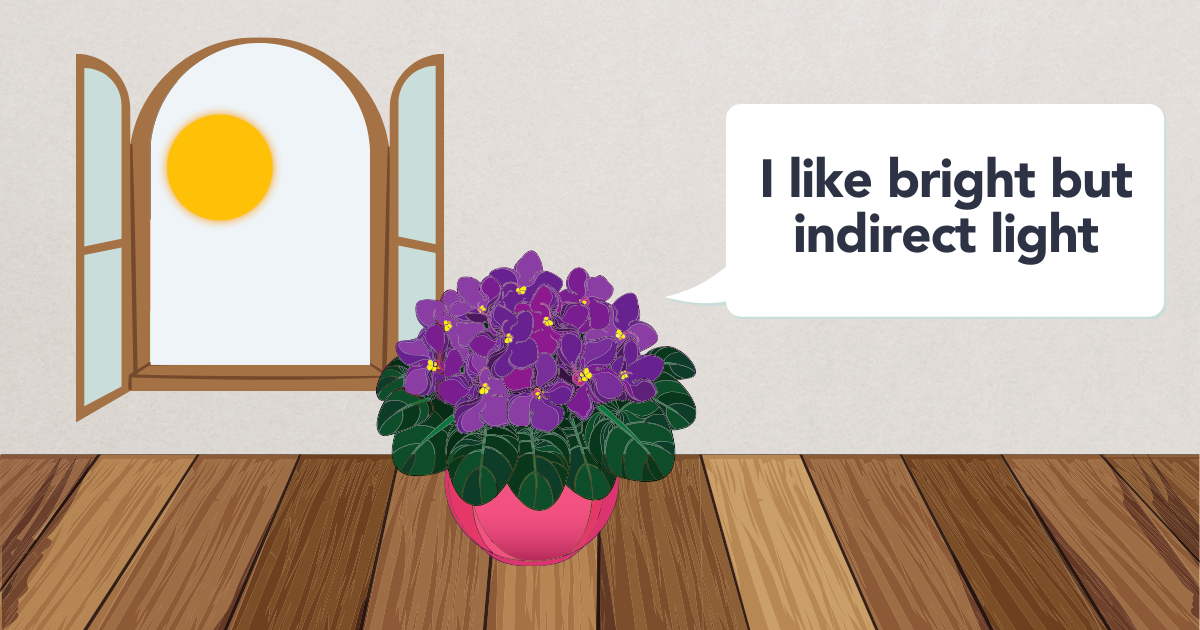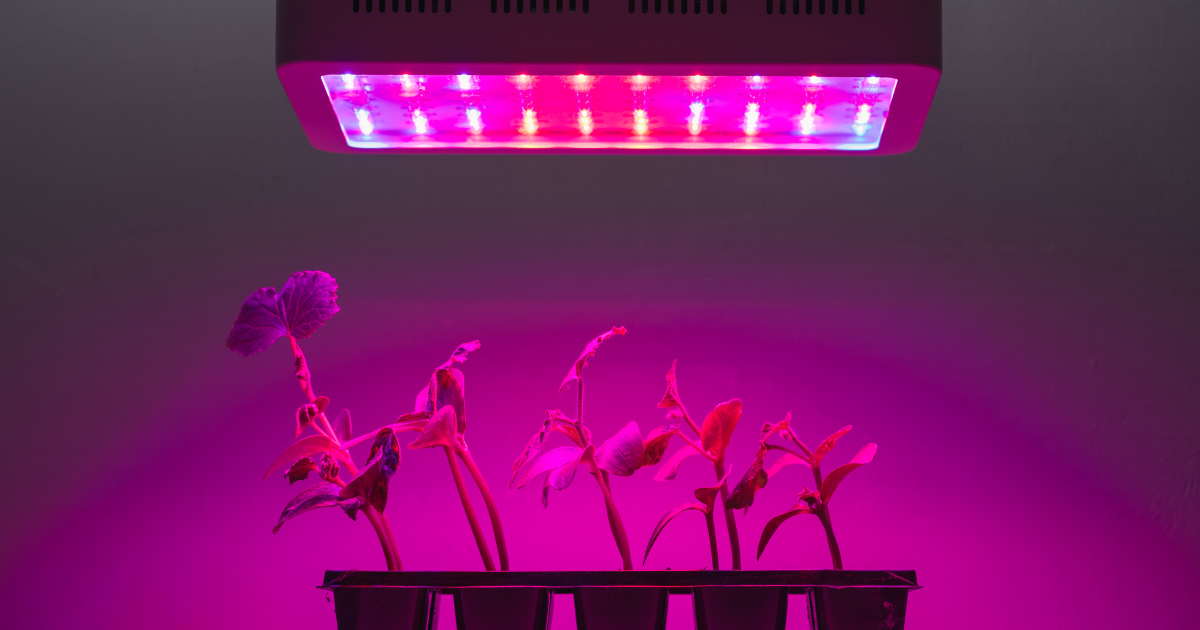African Violet Light Requirements: A Guide
African Violets, charming plants native to the Tanzanian forests, thrive under specific light conditions, different from the harsh sun of open fields. Their light requirements are nuanced, needing a balance that mimics the dappled sunlight of their natural habitat.
Understanding African Violet Light Requirements
African Violets have adapted to thrive under the dappled sunlight of their native Tanzanian forests, where direct sunlight is filtered through the canopy above. This natural setting provides clues to their optimal indoor light conditions. Bright but indirect sunlight is what they need to flourish. Direct sunlight, particularly in the intense summer heat, can lead to scorched leaves, causing irreversible damage to the delicate foliage of these plants. An east- or north-facing window, where the sunlight is gentle yet abundant, offers an ideal spot for African Violets, shielding them from the harsh afternoon sun while providing them with the light they crave.
However, not all indoor environments can offer this ideal natural lighting. That's where artificial lighting comes into play. African Violets are quite adaptable and can grow beautifully under the right artificial light conditions, making them perfect for spaces far from windows or natural light sources.
The Optimal Light Setup

When natural sunlight isn't an option, turning to artificial lighting can provide your African Violets with the light spectrum they require for growth and flowering. Fluorescent lights, known for their broad spectrum, mimic natural sunlight well and can support the healthy development of these plants. Positioned approximately 8-12 inches above the plants, fluorescent lights should illuminate the violets for 12-14 hours a day, followed by a rest period of 10-12 hours of darkness, to mimic the natural light cycle.
LED grow lights represent a more energy-efficient alternative, capable of being fine-tuned to the specific spectral needs of African Violets. Like fluorescent lights, LED grow lights should be placed a similar distance from the plants and used to maintain a consistent light schedule that encourages growth and flowering.
Recognizing Light-related Stress
Both insufficient and excessive light can stress African Violets, affecting their health and appearance. Too much light, whether from direct sunlight or overly intense artificial sources, can burn the leaves, leaving them scorched or crispy. These conditions can stunt the plant's growth and diminish its vitality.
On the other hand, insufficient light leads to leggy growth. The plants, desperate for more light, stretch out, resulting in weak, elongated stems and a notable reduction in blooming. The vibrant green color of the leaves may also fade, further indicating that the plant is not receiving the light it needs.
The key to African Violet care lies in observing your plant's reaction to its lighting conditions and making necessary adjustments. Moving the plant to a location with more suitable light, changing the distance of artificial light sources, or adjusting the duration of light exposure can often quickly rectify these issues, leading to a healthier, more vibrant African Violet.
Cultivating with Artificial Light

Growing African Violets under artificial light requires attention to detail. The color spectrum of the light is important, with a need for both red and blue spectrums to support foliage growth and flowering. A balanced approach using full-spectrum bulbs or a combination of warm white and cool white fluorescent lights can meet these requirements. LED lights, with their lower heat output and efficiency, are becoming popular among enthusiasts for these reasons.
Caring for African Violets under the right light conditions is a rewarding endeavor. Whether through natural or artificial means, providing the appropriate amount and intensity of light will ensure your African Violets remain vibrant and healthy. Regularly rotating your plant and adjusting its position relative to light sources can prevent uneven growth and ensure all parts of the plant receive the light they need. Remember, the goal is to replicate the natural, filtered light of their forest floor origins, fostering a conducive environment for these delightful plants to flourish.
Fern's Leafy Learnings
Balance is Key: Both under and overexposure to light can stress African Violets. Aim for bright, indirect sunlight or well-regulated artificial lighting.
Artificial Light Works Wonders: Fluorescent and LED grow lights are great alternatives if natural light isn’t available, with a preference for full-spectrum lights.
Monitor and Adjust: Watch for signs of light stress and adjust the plant's position or lighting setup accordingly.
Consistency Matters: Maintain a consistent light schedule, mimicking natural light cycles as closely as possible.
Rotation Promotes Even Growth: Regularly rotate your plant to ensure all sides receive equal light exposure, encouraging symmetrical growth.
Deepen Your Roots with Flora
At Flora, we not only bring you a vibrant selection of locally sourced, rare, and delightful plants, but we also serve as your continuous guide in your plant parenting voyage, ensuring every leaf in your sanctuary thrives. With our Flora Pod™ technology and a nurturing community of over 250,000 plant lovers, we cultivate a space where every plant parent - novice or expert - can blossom.
We propagate with a commitment to sustainability, connection, and ceaseless growth, fostering a community where each member, and their plants, are cherished and nurtured.
Crave a lush, thriving green space? Adopt a plant from Flora today!
Flora Pod™ is featured on Shark Tank!

Shop Plants
Top 10 Most Popular Roses
Mar 22, 2022
How to Care for China Roses
Mar 11, 2022
How to Care for Chinese Money Plants
May 15, 2020
How to Grow and Care for A Bird of Paradise
Apr 26, 2020
Top 10 Plants To Grow In A Terrarium
May 31, 2022
How to Grow and Care for Lucky Bamboo
Mar 29, 2022
How to Grow and Care for Corn Plants
Mar 29, 2022
How to Care for Madagascar Dragon Trees
Mar 21, 2022













